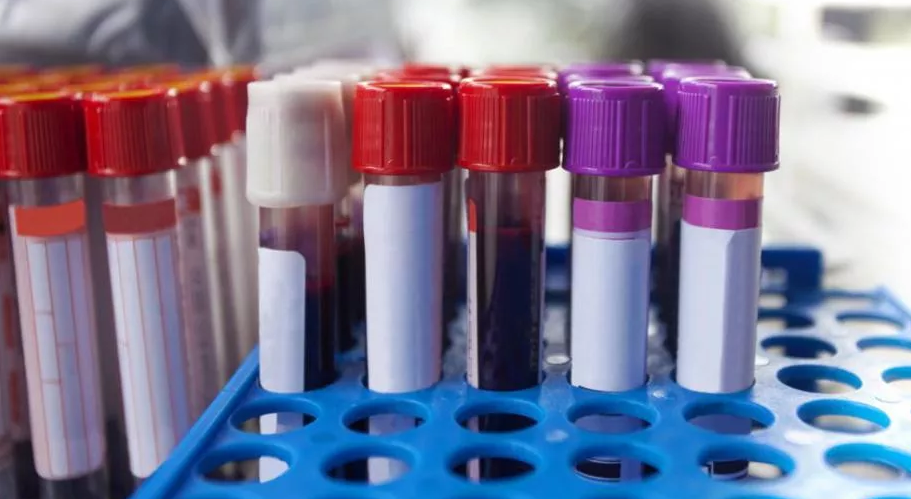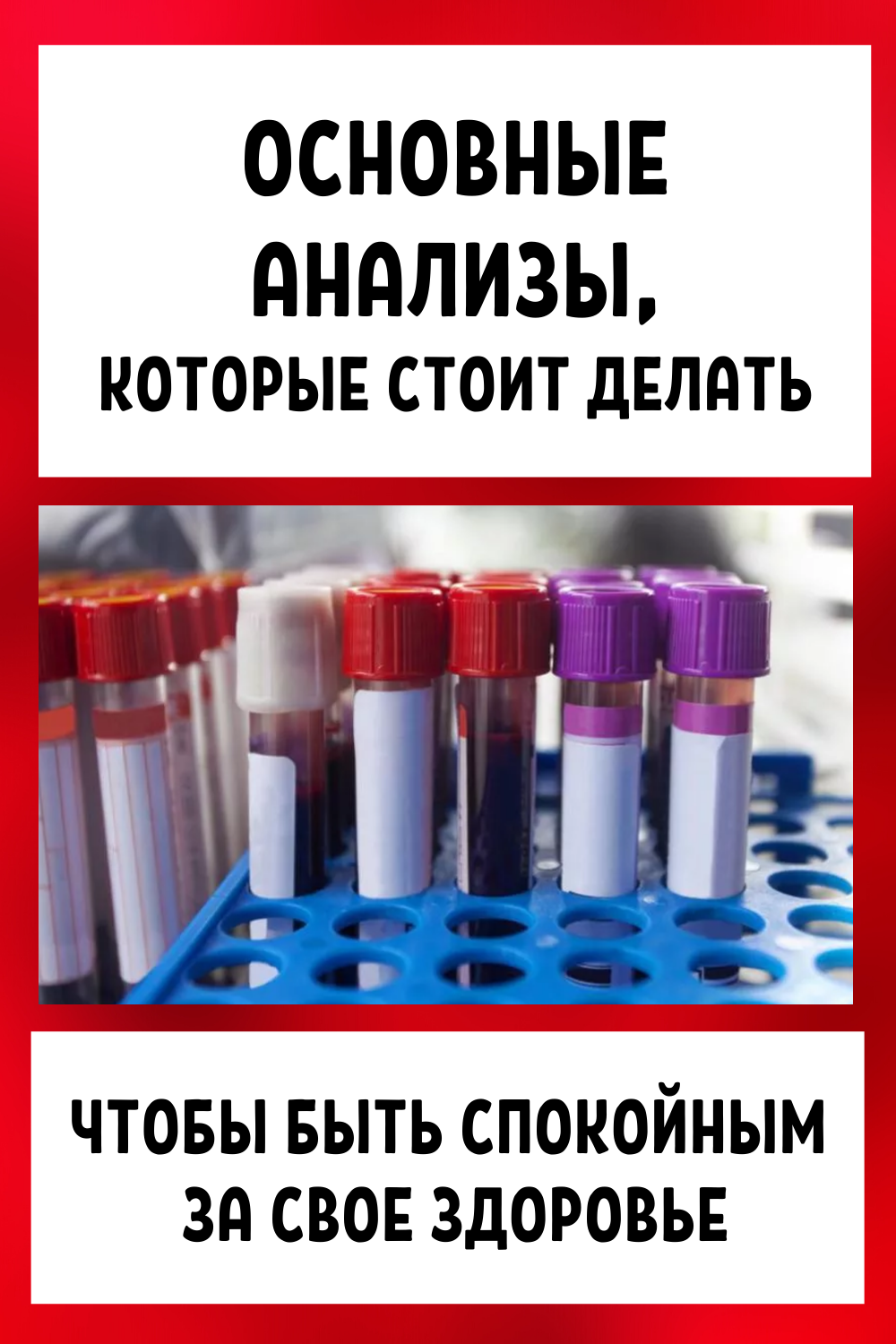Dr. Bozena Kropka in his book “Your second brain is the intestines. The compass book on the invisible connections of our body ”recommends preventive examinations twice a year, even in the absence of disturbing symptoms.

Today, all analytical laboratories in the description of the analysis contain a reference to the normal range , so that we can independently assess how good the results are. If there are no deviations in the parameters and no disturbing symptoms , we can be calm about our health. The following analyzes we do in a year. However , if any deviations , we must look for the reason for the discrepancy with the norm!
Basic medical tests
Main analyzes:
• advanced clinical blood analysis;
• liver enzymes ( ALT , AST);
• thyroid enzymes ( lipase , amylase);
• TSH , T3 , T4 , anti-TPO , anti-TG;
• general urine analysis.
It is worth choosing a laboratory which your therapist cooperates. After all, if deviations are found in the results of the analyzes and it will be necessary to monitor the progress in the treatment process ( I remind you: primarily related to changes in eating habits), the therapist must give direction for control tests. In addition, different analytical laboratories have their own parameters , so the of analyzes obtained in different laboratories may differ from each other.
We start medical research with a clinical blood test
Before research:
• Make sure you choose the right assay. The choice of analyzes is wide , their names are complex , so it is easy to make a mistake.
• The Handbook will become an assistant in the selection of the appropriate analysis.
• Select the appropriate laboratory.
A CBC and platelet check is an inexpensive test that is worth doing because it can tell us a lot about our health. Why?
Blood passing through the blood vessels ( arteries and veins) carries with it nutrients , metabolites , hormones and gases ( oxygen and carbon dioxide). What is contained in the blood affects the immunity of our body. Moreover , these are only some of its functions. It is important that its parameters are correct. We divide blood cells into red cells - erythrocytes ( RBC) and white blood cells - leukocytes ( WBC), platelets ( PLT) - fragments of cells located in the bone marrow.
The main parameters in a clinical blood test:
• Erythrocytes live for about 120 days , then split in the spleen. In the process of decomposition, hemoglobin ( HGB) is released, the role of which is to transport respiratory gases. One gram of hemoglobin carries 1.34 ml of oxygen. Hematocrit ( HCT) is the ratio of red cell volume to plasma volume.
A low concentration of hemoglobin and red blood cells is evidence of anemia.
• In case of suspicion of anemia , when the level of hemoglobin is lowered , it is worth checking the concentration of iron , ferritin ( iron storage), folic acid and vitamin B12 in the blood serum. I recommend doing a stool blood test. It must be prescribed by your physician.
• A low level of leukocytes indicates a general weakening of the body; such a deviation from the norm may be a consequence of stress or infection.
• An increase in the number of eosinophils ( EO) or lymphocytes ( Lymph) may be a signal of allergic or parasitic diseases.
According to the parameters of the main blood test, we can study even more , since it provides extensive information about the state of the body.
Save so you don't lose
